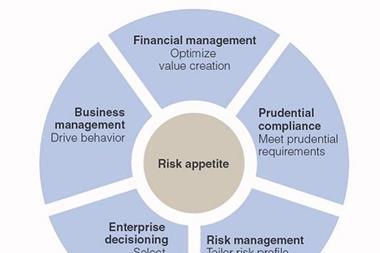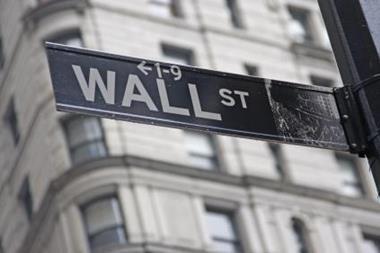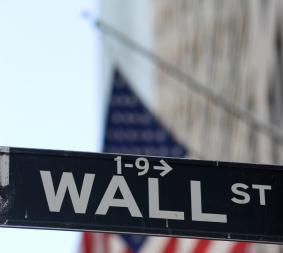The impact of the US subprime mortgage crisis has been broad and it goes well beyond the financial services sector
The lending crisis in the wake of the US housing market downturn served as a harsh reminder that financial risks are deeply and globally interdependent.
The World Economic Forum said the global scale of the ‘credit crunch’ raised fundamental questions about vulnerabilities within the current financial model. And the chief executive of Bank of America told the UK parliament that an estimated $400bn could be lost globally as a result of the subprime crisis, yet only $120bn has so far been identified.
A transformation in the financial markets over the last two decades has created a more complex, less transparent risk environment and opened the door to a system-wide financial crisis, warned David Nadler, vice chairman, office of the chief executive, Marsh & McLennan Companies.
The view that financial institutions lack a comprehensive, proactive and integrated view of risk seems to be borne out by their exposure to subprime related losses.
Banks, many of whom have seen their stock values plunge, have been amongst the worst hit. Increased credit costs have affected their bottom lines, causing many to revise their earning estimates downward. Several companies have already taken significant losses.
In February Barclays, Britain's third-largest banking group by market capitalization, said its losses from credit market turmoil in the wake of the subprime crisis totalled £1.6bn.
The downturn in the real estate market has also affected insurers. AIG, the world’s largest insurer, posted record losses of $5.3bn in the fourth quarter of 2007. The loss was the result of an $11.1bn write-down of a credit swap portfolio in its financial products unit, triggered by the sub-prime mortgage crisis.
The impact, however, is not limited to financial services firms. Industries as diverse as the automotive, manufacturing, food services, media and energy are all suffering consequences. ‘In these industries, the credit crisis has either delayed or cancelled bond offerings, spin-offs and acquisitions or simply made these transactions more costly than originally planned,’ said Willis in a report into the subprime crisis.
“The view that financial institutions lack a comprehensive, proactive and integrated view of risk seems to be borne out by their exposure to subprime related losses.
The lending meltdown has involved substantial investor losses, combined with shareholder activism, new litigation tactics and growing corporate governance standards, analysts have predicted a potential surge in lawsuits across Europe.
Commenting on the situation in Europe, Paul Schiavone, chief underwriting officer, directors and officers liability insurance, Zurich Global Corporate Europe, said: ‘We are seeing a rise in the number of shareholders bringing action against companies. There is also a rise in claims related to subprime losses.’
D&O and E&O insurers have seen a number of claims arising from the subprime issue, although it has been estimated that this is ‘just the tip of a huge iceberg. A worst case loss scenario for D&O insurers could be in the realm of $3bn, according to the Willis report.
Meanwhile, the fallout from the actions of a rogue trader at French bank Société Générale continues. A US law firm, specialising in class actions claims, filed a suit against SocGen in a federal court in New York, alleging that the French bank misled investors about its exposure to the subprime mortgage market and failed to act on information about Kerviel's unauthorised trades.
Subprime losses can also relate back to employment practices claims. Schiavone hinted that SocGen faced the prospect of a legal battle with its unions over possible lay-offs in the wake of recent events. The bank had to take write downs of close to 2.6bn euro ($4bn) relating to the subprime market, and 4.9bn euro ($7bn) in losses due to the highly risky trading by Kerviel.
Towards the end of January, an association of shareholders and former employees of SocGen initiated legal action against the bank citing that the employees had been financially impacted by the rogue trader scandal.
The number of bankruptcies in Europe could also rise as a result of tighter credit. Bankruptcy related claims are already among the most frequent D&O claim in Europe, added Schiavone.




















No comments yet